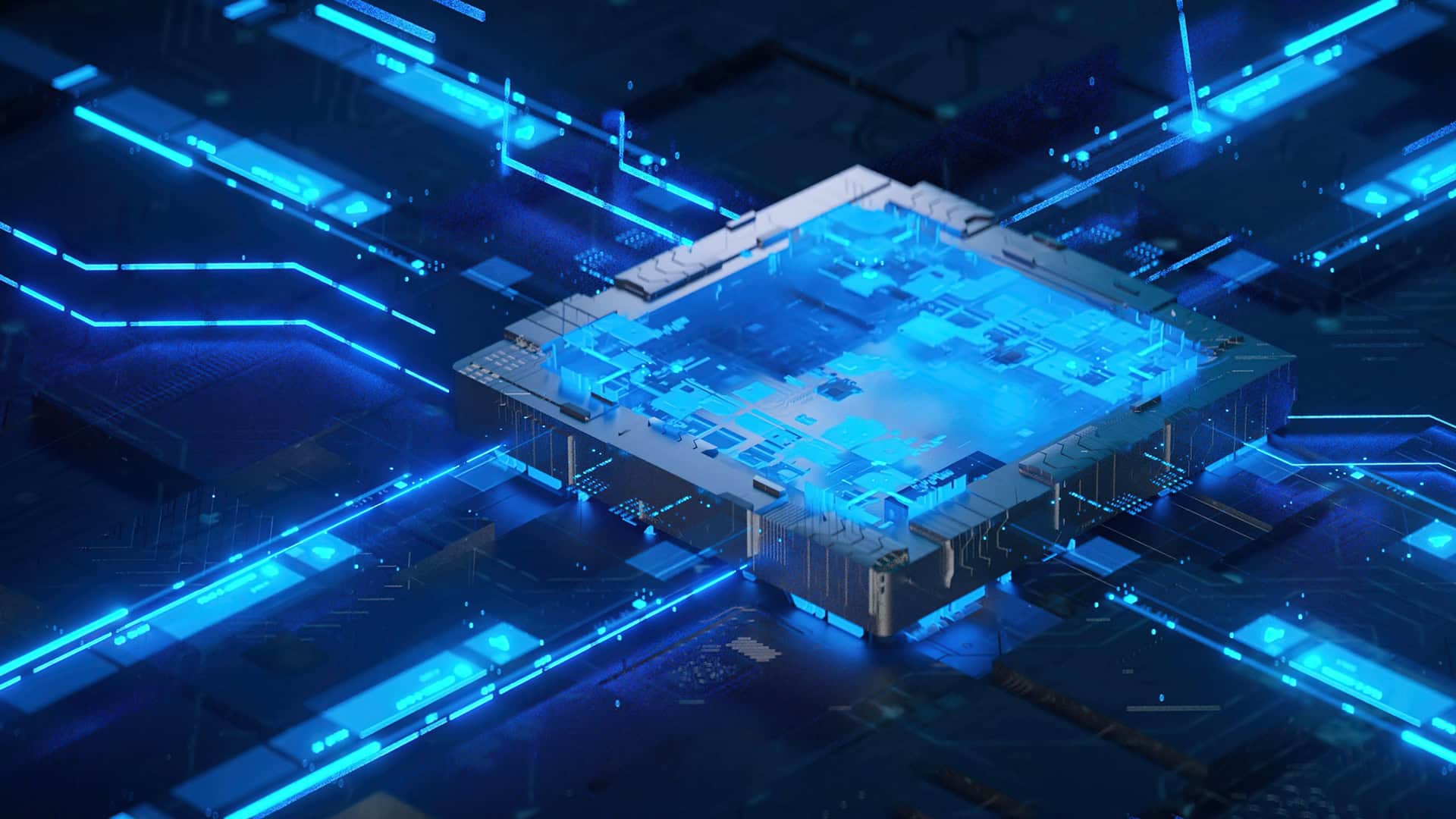Intel’s upcoming Arrow Lake processors are set to shake up the CPU market by providing a significant increase in power efficiency. These chips are expected to consume 100W less power than the current-gen Raptor Lake processors while delivering equal or better performance. In addition to improved efficiency, the Arrow Lake processors aim to address the stability issues experienced by some Raptor Lake users. Although we are waiting for official confirmation from Intel, the rumored specifications and potential for enhanced performance and efficiency make Arrow Lake a highly anticipated release in the world of computing.
If Intel can deliver on its promises of reduced power consumption and strong performance, the Arrow Lake processors may mark a turning point for the company, allowing it to regain competitiveness in the CPU market, particularly in light of increasing efficiency from rival manufacturers. As Intel finalizes its strategies and prepares for the release of Arrow Lake, experts agree that the coming months will be crucial. The industry will be closely monitoring the detailed specifications and performance evaluations as they become available.

Intel Arrow Lake: The Power-Efficient Future of Computing
Improved Power Efficiency
Intel’s upcoming 15th Gen Core processors, codenamed Arrow Lake, are generating excitement for their promised power efficiency gains. Recent leaks and reports suggest that these new CPUs could consume at least 100W less power than their current-gen Raptor Lake counterparts, all while maintaining high frequencies and performance. This significant reduction in power consumption could translate to cooler running temperatures and a more energy-conscious computing experience.
Stability Enhancements
Arrow Lake is expected to address the instability issues that have plagued some Raptor Lake processors. Intel has stated that the updated process node used for Arrow Lake will eliminate previous high voltage problems, ensuring stability and reliability. This news should be welcomed by users who experienced crashes or system instability with Raptor Lake.
Performance Expectations
While specific benchmark numbers are yet to be officially revealed, Intel claims Arrow Lake performance is “expected to be impressive.” It’s anticipated that the new architecture, combined with the power efficiency improvements, will deliver a noticeable performance boost compared to Raptor Lake.
Arrow Lake Release Date

Intel hasn’t officially announced a release date for Arrow Lake, but industry insiders predict a launch sometime in the second half of 2024. More specific details regarding the launch timeframe, pricing, and specific models are expected to be revealed closer to the release date.
Rumored Arrow Lake CPU Configurations and Power Profiles
| Core Configuration (P+E) | TDP (W) | Baseline Profile (PL1/PL2/IccMAX) | Performance Profile (PL1/PL2/IccMAX) | Extreme Profile (PL1/PL2/IccMAX) |
|---|---|---|---|---|
| 8+16 | 125 | 125/177/287A | 125/250/347A | 125/295/400A |
| 8+12 | 125 | 125/177/287A | 125/250/347A | – |
| 6+8 | 125 | 125/125/203A | 125/159/242A | – |
| 6+8 | 65 | 65/84/143A | 65/121/188A | – |
| 6+4 | 65 | 65/84/143A | 65/121/188A | – |
Short Summary:
- Arrow Lake CPUs will reportedly consume at least 100W less power than Raptor Lake.
- Intel claims enhanced stability due to improved voltage management.
- Details on performance are pending, but Intel describes them as ‘impressive.’
Recently, at a collaborative event between Intel and ASUS in China, significant information regarding Intel’s upcoming Arrow Lake processors was disclosed. Insights were shared by the notable tech blogger known as “Little Pigeon,” indicating that Arrow Lake CPUs will set a new benchmark for efficiency in Intel’s offerings.
The Arrow Lake processors are touted as having at least a 100W lower power consumption compared to their Raptor Lake predecessors, while still achieving high operational frequencies. This change reflects Intel’s commitment to enhancing power efficiency, a major focus of the new generation. Information about precise performance metrics remains undisclosed, but Intel’s representatives have implied that users can expect impressive capabilities.
“Arrow Lake CPUs are set to redefine power efficiency without compromising on frequency,” stated Intel during the event.
Given the performance challenges faced by Raptor Lake, Intel appears to be learning from past experiences. Raptor Lake CPUs have been criticized for their high power consumption and associated stability issues. Acknowledging these problems, Intel has introduced BIOS updates aimed at mitigating voltage-related challenges. According to an Intel spokesperson, “The upcoming updates will ensure that turbo frequency capabilities are maintained while addressing stability concerns.” This initiative underscores Intel’s ongoing commitment to improving user experience by resolving existing product issues.
During the event, Intel also reassured customers that the new Arrow Lake architecture will eliminate prior concerns related to high voltage and excessive power draw. As a result, it is anticipated that these processors will not encounter the same instability issues that have hampered the Raptor Lake line.
“The promise of lower power consumption coupled with reliable performance is a game changer,” noted one attendee at the Intel-ASUS event.
The anticipated release date for the Arrow Lake processors is set for October 2024, and while full specifications will be revealed closer to launch, the initial reactions have been overwhelmingly positive. This potential enhancement in power efficiency is particularly significant in the current market, where competition from AMD’s Ryzen series, specifically the Zen 5 architecture, has raised the bar for power and thermal management.
AMD’s Ryzen chips have made headlines for their ability to maintain lower power consumption without sacrificing performance, which has intensified the pressure on Intel to respond effectively. The Ryzen 7 9700X, for example, boasts maximum power consumption figures around 88W, showcasing a stark contrast to Intel’s previous offerings.
Furthermore, experts suggest that the technological advancements in Arrow Lake may be attributable to Intel’s collaboration with TSMC for manufacturing. The utilization of TSMC’s advanced 3nm process could create opportunities for enhanced performance, energy efficiency, and lower thermal output. A shift in manufacturing practices could prove crucial, allowing Intel to embrace cutting-edge technology.
“If Arrow Lake can deliver on its promises, it could restore confidence in Intel,” remarked an industry analyst.
As anticipation builds around the Arrow Lake launch, enthusiasts and industry experts await the specifics on performance metrics. Maintaining operational frequencies while significantly reducing power consumption is a delicate balancing act, and Intel’s success hinges on its ability to fulfill these expectations.
While the focus remains on the forthcoming Arrow Lake chips, it’s vital to acknowledge Intel’s current lineup. The 13th and 14th Generation CPUs have faced hurdles due to overheating and power issues. The preliminary stages of BIOS updates are aimed at correcting these dilemmas, with assurances provided by Intel that they won’t affect overclocking capabilities.
Looking ahead, if Intel manages to implement effective solutions for the challenges that plagued its previous generations, it will not only enhance user satisfaction but also potentially re-establish its reputation as a leading CPU manufacturer.







